In 1929, the “Dead Stiff” syndicate based in Sankey Street (see previous post Sankey Street, Steeped in History ), Highgate Hill won first prize in the State Government run Golden Casket Art Union. Lists of winning numbers were eagerly awaited each week and no doubt greatly assisted newspaper sales.
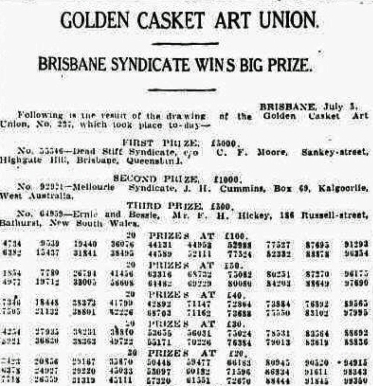
A lucky Sankey Street Syndicate wins 5,000 pounds in 1929 (via TROVE)
The £5,000 prize money in 1929 could have purchased three average suburban houses.
Lotteries with cash prizes were illegal in Queensland up to 1931 and for this reason prizes were often works of art, giving rise to the name “Art Union”. In 1916, the first Golden Casket was initiatee under the auspices of the Queensland Patriotic Fund.
The prize of gold is said to have been on display in a casket or jewelry case, giving rise to the “Golden Casket” name. I haven’t found a contemporary newspaper account of this.
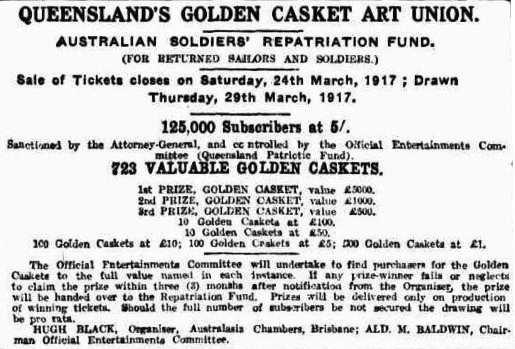
An advertisement for the first Golden Casket, Brisbane Courier, 25th November 1916. (TROVE)
To get around the cash prohibition, all the prizes were in gold and the Government turned a blind eye. At that time Australia’s currency was composed of high purity gold and silver coins. The organisers undertook to find buyers for all of the gold prizes so that the winners received cash.
Although paper currency was introduced in 1913, gold sovereigns continued to be minted until 1931.
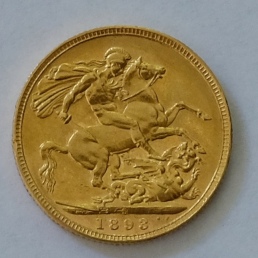
An 1893 Australian minted Gold Sovereign
The proceeds of the first lotteries went to support returning soldiers and to provide housing for war widows.
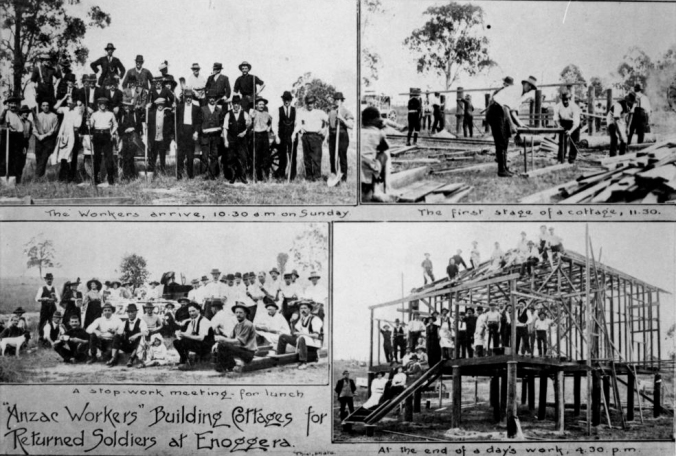
Cottages funded by the Golden Casket Enoggera 1917 (State Library of Queensland)
From 1920, the State Government took over running the lotteries. This was extremely controversial at the time as there was widespread community opposition to gambling in any form. However, the State Government finances under a Labor Party intent on nationalizing industries were in a parlous condition.
The amount of money involved created temptation. In 1924, for example, two clerks working in the Golden Casket Office were convicted of stealing over £400 by falsifying ticket numbers. In 1932, a scam was uncovered involving a boy at the drawing who was found to have in his possession one of the marbles used to determine the winning numbers.

Truth (Brisbane) November 20,1932. (TROVE)
All proceeds of the Casket went to support hospitals, baby clinics, bush nursing, kindergartens and so on. The Brisbane Women’s hospital was constructed in 1938 using funds of £238,000 from Golden Casket profits. Hospital treatment was also free for Queenslanders. Other states eventually followed Queensland’s lead, introducing lotteries through the 1930s.
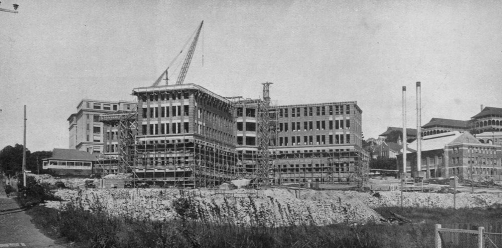
The Brisbane Women’s Hospital under construction in 1938 (State Library of Queensland)
In 2007, the Golden Casket lottery was sold to the Tatts Group for $530M.
A few other lucky Highgate Hill residents took first prize over the years. In 1944, K. Heffernan of Gordon Street won as did Mrs J. Spode in 1950.
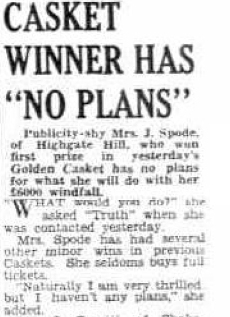
Truth Brisbane 17th December 1950 via TROVE
John Hutchinson of Rosecliffe Street also won first prize but had to wait the 20 months until he turned 21 years of age to collect his prize.
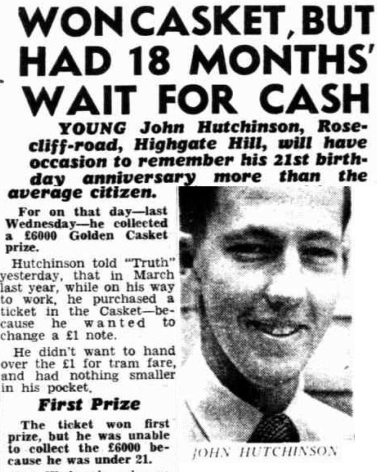
Brisbane Truth, Sunday 11th October 1953 (TROVE)
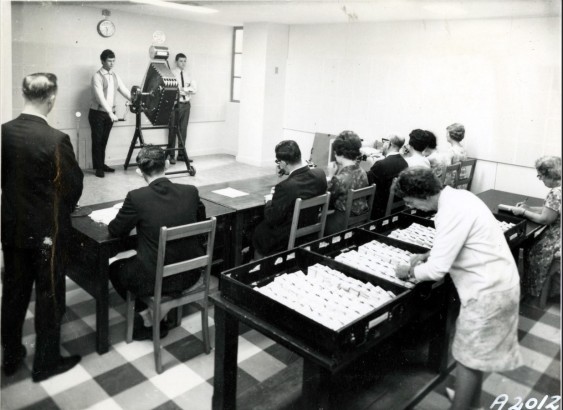
A Golden Casket draw in 1967. (Queensland State Archives)
Further Reading :
Pingback: New research shows pokie operators are not nearly as charitable as they claim
Pingback: A Mystery Murder of Married Lovers | Highgate Hill and Its History
I’m very interested in the history of the Golden Casket. Can you please tell me the source for your assertion that the ‘golden casket’ was actually gold displayed in a basket? The book “The Golden Gamble” states that no caskets ever existed. ‘
LikeLike
Hello Carmel this comes from the website of the organisation that now runs the Golden Casket though of course they may be wrong. I note that all the prizes in the first draw were called ‘caskets’.
https://onlinelotto.com.au/history/
LikeLike
Thanks. I saw it there too and wondered whether they had got it from you or vice versa. I was a bit appalled by their saying draws (paraphrasing) were held in Festival Hall which is now called the stadium! Early draws were actually held in the Stadium which later became the site of Festival Hall (now demolished). I’ll get in touch with them thanks. Keep up the good work. Carmel
LikeLike
Thanks. I’ve updated my post to reflect the uncertainty.
LikeLike
Hi I have a heap of casket art union tickets. Draw numbers 4653,4683, 4684, 4690, 4735,4629,4662,4705,4634.4662 also Sunshine special casket draw 56,68.
Can these tickets be checked.
Do you want these for your achives?
LikeLike
Hi Sharon, I have nothing to do with the Golden Casket. I just write local history stories as a hobby. I suggest you get in touch with the Golden Casket people here – https://www.thelott.com/about/contact-us Paul
LikeLike